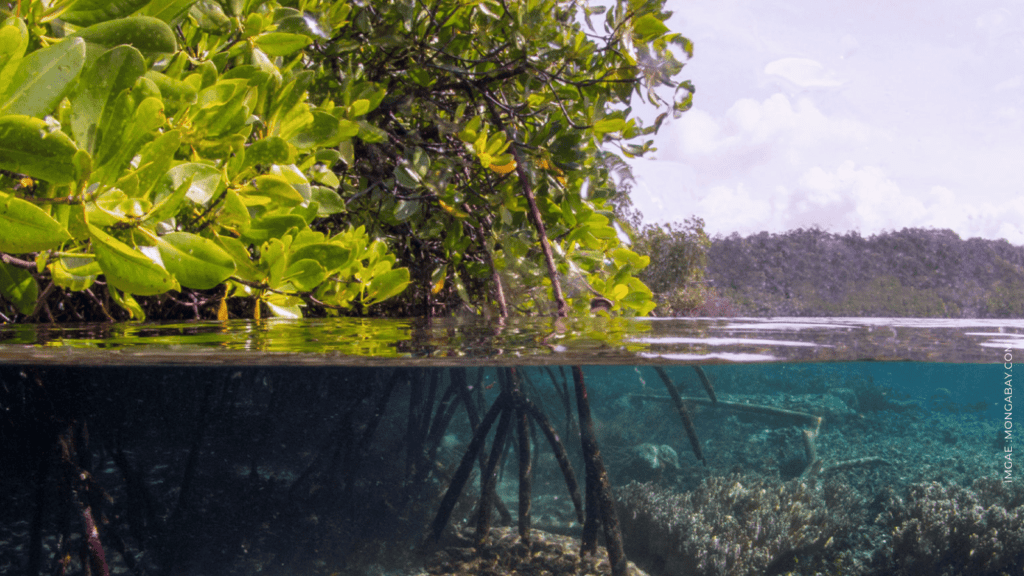Reposted from Mongabay.com, originally published on 8 November 2022. Photo by Mongabay.
- In 2021, the Global Mangrove Alliance, a consortium of NGOs, published “The State of the World’s Mangroves,” the first snapshot study compiled from satellite imagery intended to provide an up-to-date record of global mangrove forest cover.
- The second installment of the report, published in September, draws on improved and updated maps.
- The report shows a decline in the overall rate of mangrove loss and outlines concrete actions to halt the loss for good and help mangroves begin regaining ground.
RELEVANT SUSTAINABLE GOALS

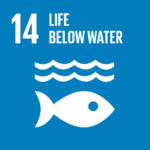
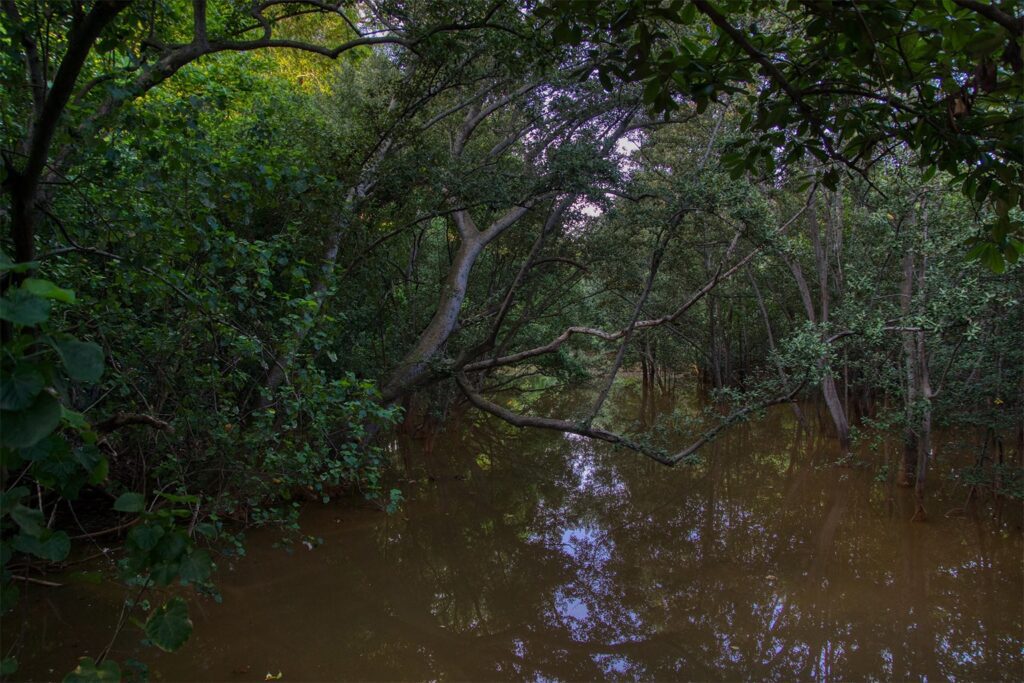
Halting mangrove loss
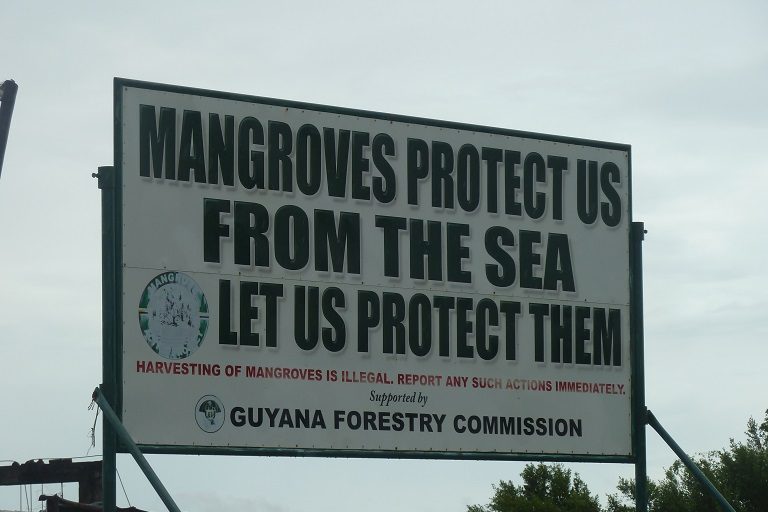

Restore the tide to restore the mangroves

The importance of wetlands mapping

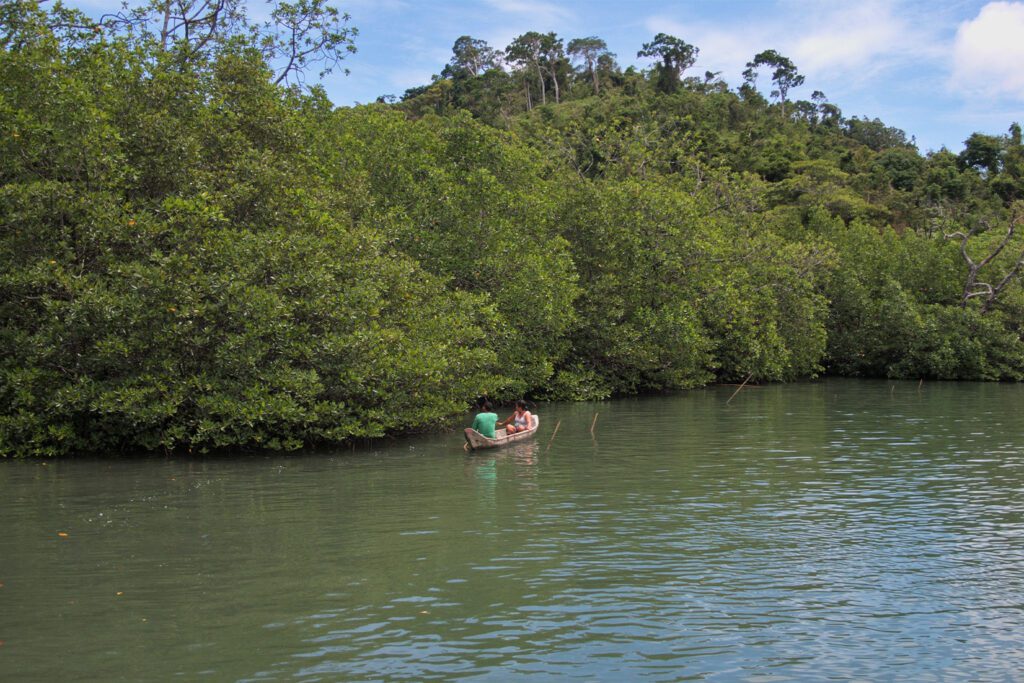
The value of mangrove information sharing
Banner image: Mangroves in Raja Ampat, Indonesia. Image by The Ocean Agency / Ocean Image Bank.
Citations:
The State of the World’s Mangroves 2022. (2022). Retrieved from Global Mangrove Alliance website: are restoring mangrove cover without planting a single tree
Danielsen, F., Sørensen, M. K., Olwig, M. F., Selvam, V., Parish, F., Burgess, N. D., … Suryadiputra, N. (2005). The Asian tsunami: A protective role for coastal vegetation. Science, 310(5748), 643-643. doi:10.1126/science.1118387
Goldberg, L., Lagomasino, D., Thomas, N., & Fatoyinbo, T. (2020). Global declines in human‐driven mangrove loss. Global Change Biology, 26(10), 5844-5855. doi:10.1111/gcb.15275
Murray, N. J., Worthington, T. A., Bunting, P., Duce, S., Hagger, V., Lovelock, C. E., … Lyons, M. B. (2022). High-resolution mapping of losses and gains of earth’s tidal wetlands. Science, 376(6594), 744-749. doi:10.1126/science.abm9583


